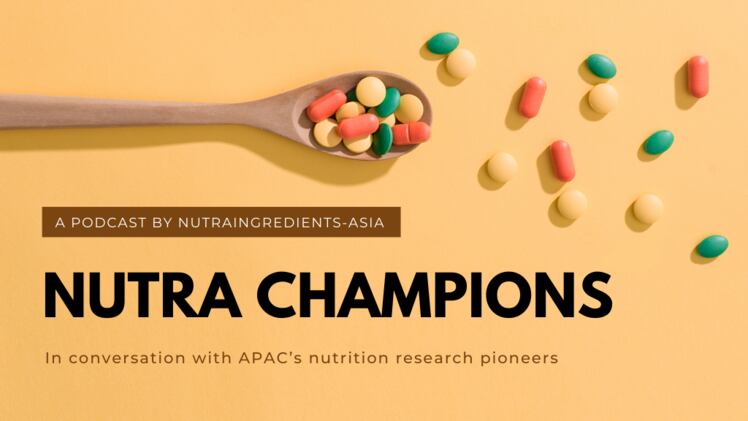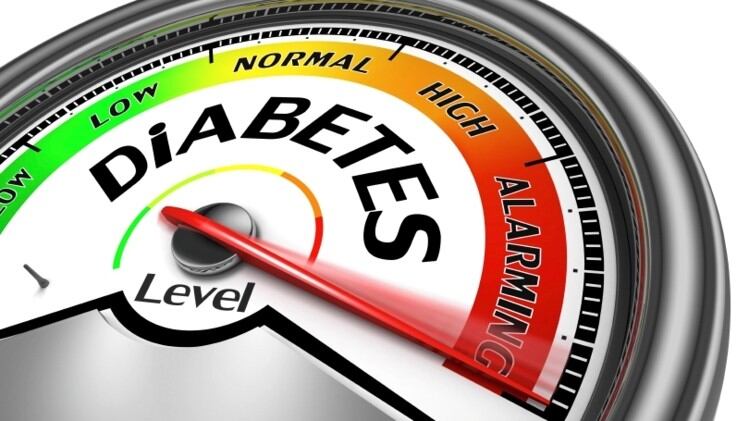Professor Anura Kurpad is a doctor, physiologist, and nutritionist by profession. He is currently the Professor of Physiology at the St John’s Medical College in Bengaluru, India.

As the co-chairman of the Indian Council of Medical Research (ICMR) Expert Committee that has devised the nutrient requirements of Indians, Prof Kurpad and his team oversaw the latest revision of nutrient requirements in the Indian population.
In 2020, ICMR-National Institute of Nutrition (ICMR-NIN) calculated and provided recommendations for both Estimated Average Requirements (EAR) and Recommended Daily Allowance (RDA) values to the Food Safety and Standards Authority of India (FSSAI) on nutrient requirements for Indians.
Upon recommendations from ICMR-NIN, the FSSAI has revised nutrient requirements for Indians based on the RDA framework and published a new nutrient guideline known as RDA 2020 last year.
In this podcast, Prof Kurpad talked about how the ICMR expert committee had for the first time, calculated the EAR of nutrients, on top of the RDA values which have been used as the basis of nutrient requirements in India for years.
On one hand, the RDAs are daily dietary nutrient intake levels which would be sufficient to meet the nutrient requirement of nearly all healthy individuals in a particular life stage and gender group.
On the other hand, the EARs are the average daily nutrient intake levels estimated to meet the requirements of half of the healthy individuals in a particular life stage and gender group – which Prof Kurpad said was the preferred metric, especially for unsupervised use of vitamins and minerals.
“The difference is this, if you look at the distribution of normal requirements in a population, you will find that they follow a bell-shaped curve. If you take the midpoint of that curve, that’s the average requirement of the population.
“The RDA is the right hand extreme value of the curve, it is a value that is very high, and when you use that value, you can be over-nourishing people, and sometimes, that value for some nutrients can be quite close to the upper limit of intake.
“For example, for iron and vitamin A, there tend to be a very small distance between the RDA and the upper limit of intake, at which point you assume that there is a risk of some toxicity and you don’t want that,” Prof Kurpad said.
Anaemia overdiagnosis?
He also cautioned the dangers of designing nutrient requirement levels without considering other factors such as the amount of the nutrient loss per day and the bioavailability of nutrients from the diet.
“One of the things that was troubling us was that when we looked at the intake of iron in this country and when we tried to relate to the prevalence of anaemia, it did not seem like there was any relationship.
“It looked like those who had high iron intake and those who had lower intake, they all had high anaemia. This was very puzzling for us,” he said.
It turns out that there are many factors affecting the amount of iron in the body, such as the methods used to test serum ferritin levels and dietary habits.
For example, when it comes to measuring serum ferritin levels, using blood samples from the capillaries and veins have yielded different results. Results from capillary samples tend to show a lower ferritin levels than vein samples. The findings were published in the Annals of the New York Academy of Sciences.
This is also the reason why Prof Kurpad believes that “India’s high rate of anaemia may not be true.”
In addition, dietary habits, such as drinking tea and coffee with a meal could affect iron absorption, as the two contain polyphenols which interfere with iron absorption.
As such, Prof Kurpad believes that unless the dietary habit has changed, there is no good reason to increase iron intake.
He also talked about his views on food fortification, his current research projects, and his views on plant-based alternatives.
Listen to find out more.





